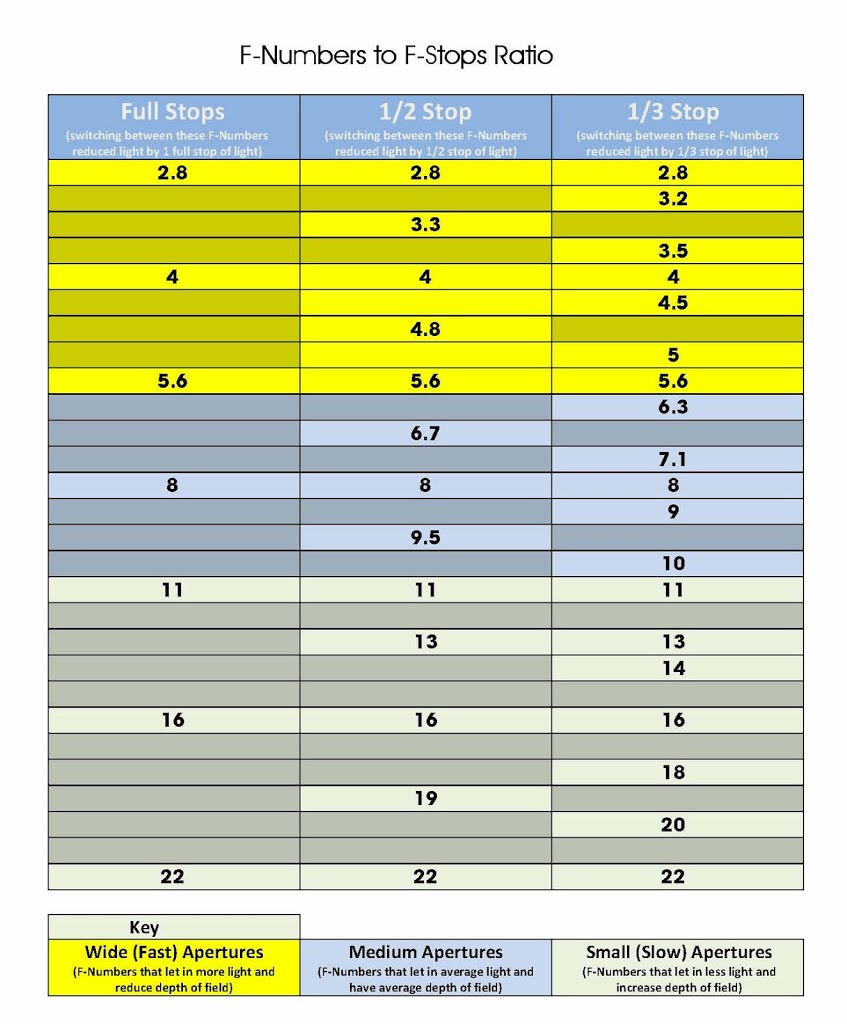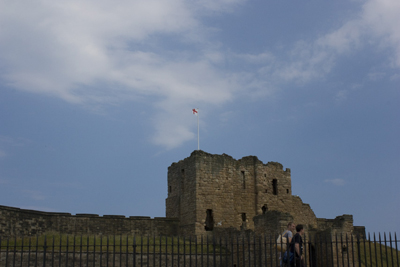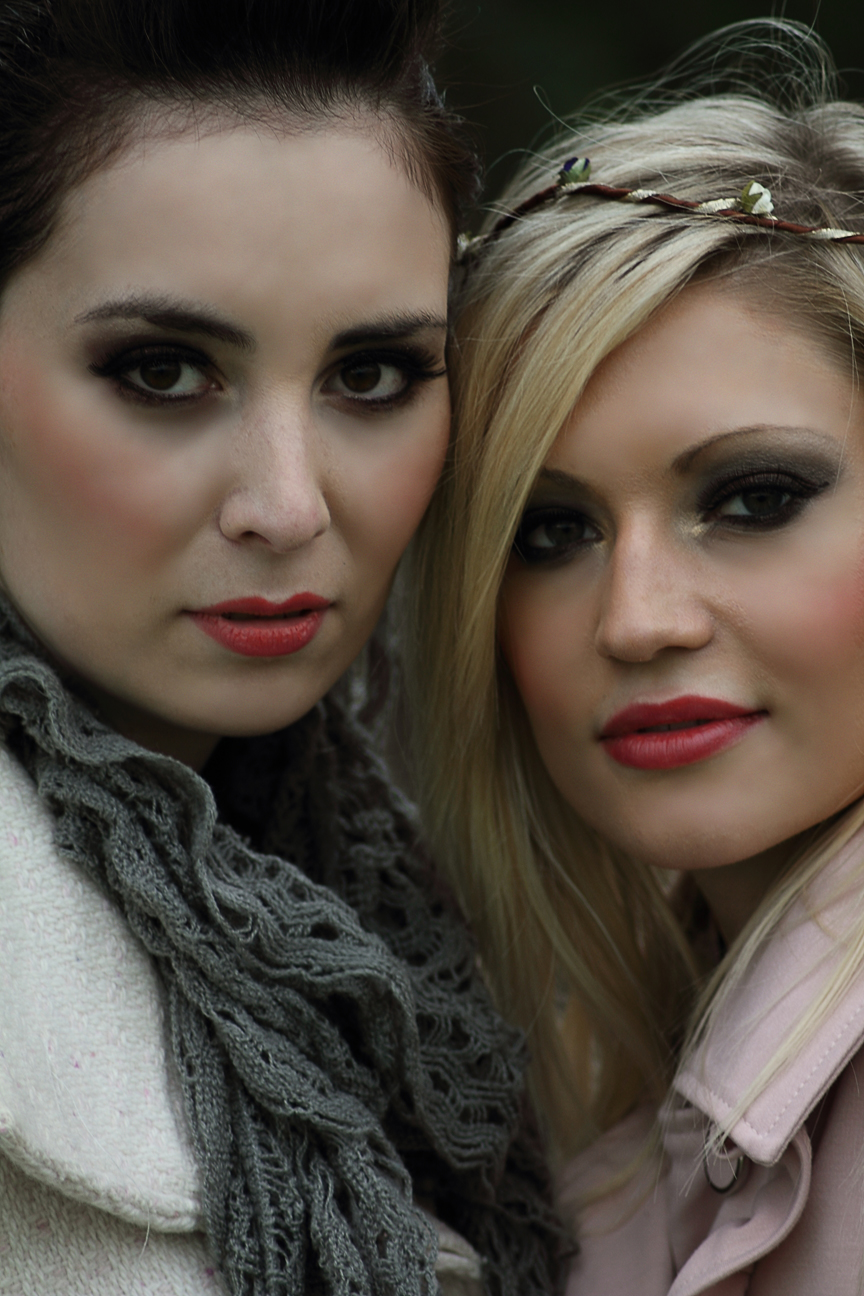First 3 Months as CT Magazine Editor
Well it was way back in the hazy days of summer that the idea of CT or Creative Talent magazine was born, it came about due to my work as a fashion photographer and noticing that not enough new talent is coming into the industry. So I set it my task to change this and hence CT Magazine was born. The only problem I had was how do I publish a magazine, I found a great place to start was agreat E-Book by Ned Burke called How to be an Online Magazine. daft title but this is chock full of publishing goodness.
What you have never heard of CT Magazine
OK firstly if you have never heard of CT Magazine please go and check it out www.ctmagazine.co.uk and please like and share the facebook page www.facebook.com/ctfashionmagazine
Massive Response
As the cogs in my head turned and turned about how to make this happen, I hit upon the idea of a magazine, thus I set about laying out the online magazine using a desktop publishing program, in my case I use Adobe InDesign CS6, but you can use any program you wish.
I have a slight advantage to this whole process as as well as being a photographer which makes me creative I am also a very techy person, as I work as a Business Analyst, and have been involved for many years building web based applications, so the technical side is pretty straight forward, this meant I knew that my magazine was going to be initially an online magazine, and must work on both desktop PC’s as well as tablet computers such as Apples iPad, Amazon Kindle as well as mobiles and smartphones. (this is a hint incase you missed it, your new online magazine should work with all online platforms, and that is the beauty of using www.issuu.com as it converts your pdf to work with all necessary platforms.
Now although I was now in a position to make the magazine layout, and support for my chosen platforms, I had nothing to put into the magazine, and as the whole point of CT Magazine is to promote the amazing hidden talent I did not just want to fill each issue with all my own work. This meant a lot of time contacting people to be in the first issue, I knew that as this was a new magazine, people may not be interesting in being in it.
I kept true to my vision, hit up my contact list, and after a few weeks, I was so pleased that loads of people responded and from every area of fashion, photographer, models, designers, make up artists, stylist and everyone in between.
I am so thankful to these people who were brave enough to be in the first issue, and huge thanks to Nick Danks for being the cover star.
Thanks to these people the first issue got over 30000 readers, and I think the key to this is the viral PDF and CT Magazine
Dont Under-Estimate the Workload
I knew before I started CT Magazine that anything like this would take a lot of work, and I knew that as it grew it would only require more work. So I did not go into the project likely, but I send this warning to people out there, if you wish to start your own magazine, it will take time and work. Don’t think it will be an easy ride.
I had first thing I had to do to get anywhere with the magazine, well after designing the layout and finding the right magazine template was to make sure I had content, and although I got a great response I found that alot of my time was actually going through submissions and picking out the best shots for publication, this including making sure models poses were right, make up was what I was after ang photograph worked as I needed. As I kinda made my job a bit harder as each issue has a different theme, so I have to check through for every submission to make sure it fits the theme, then if it doesn’t fit the theme I have to decide if it fits a future theme if it does it gets put into that pile for later use.
As you may have guessed with any magazine content is king, and with it you have no magazine, so make sure you can continue to get good content for every issue.
Once I have all the submission together I then check for them editing, and I am lucky enough that a few digital editors are taking part in this whole project, so once I have some selections then are sent on their way for photo editing.
Upon their return its time to lay out the magazine, turn into PDF and send on its way to the world wide publisher in the sky, AKA the internet.
I spent on at least 3-4 hours per day working on magazine things, and nearer publishing time I spend around 10 hours a day before it goes out.
Some Thoughts
One of the things that I love about this CT Magazine thing is that I get to work with people from all over the world, and from all areas of the creative spectrum, and I love being able to help these people get seen in the fashion world. In the process I also get to see what others are doing and it always gives me an idea for future themes of CT Magazine.
The basic items I use to create CT Magazine
Ok I thought I would share some of the things including software I use to make CT Magazine and give you an insight into your first magazine.
- Amazing creative people – without my fellow photographers, models, make up artists, stylists, designers there would be no magazine – HUGE thanks to everyone.
- Time – this is the most important thing there is, as I must work at least 10 hours per day on CT Magazine, from talking to people, meeting with people, checking photos, and other stuff.
- Patience – Remember Rome was not built in a day, so if you want anything to work you must be patience and keep up with it, or it will go no where.
- Adobe Photoshop – Graphics program used to edit photos, and of course the stable of any fashion photographers software arsenal
- Adobe InDesign CS6
– Used to layout the magazine and convert into PDF
- issuu.com – The website that hosts the online version of CT Magazine – Check out the latest issue now
So as you can see there is some work to getting a magazine up and running, but I suggest that you take the plung and go for it. Just be aware that it will mean alot of long days and some very late nights, especially if you deal with people overseas. But I wish you luck if you decide to take the plunge, and please dont forget to check out the CT Magazine website – www.ctmagazine.co.uk
So my first 3 months as the editor in chief of CT magazine has been filled with fun and hard work, and it has been so rewarding, I am seeing work from people who otherwise would not get the chance to shine, which makes me feel great. That is the whole point of CT Magazine “showcasing the hidden talent in fashion”. I love my job and I love the people I work with everyday.
So Thank you for everyone so far for being part of this awesome fashion magazine with a difference, and if you want to get involved get in touch.









